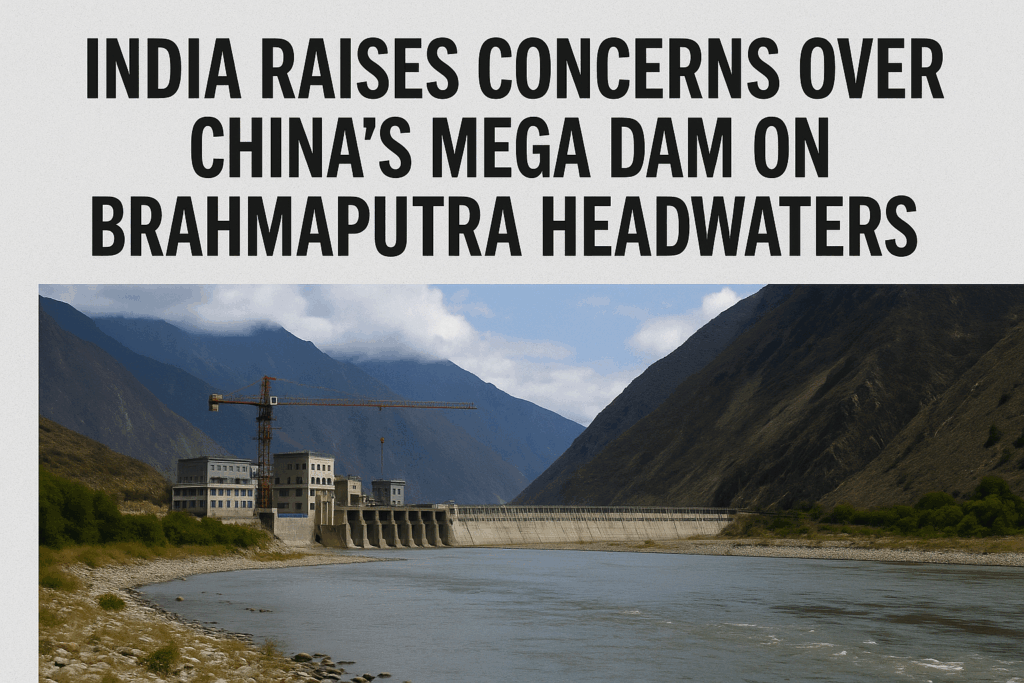
India Raises Concerns Over China’s Mega Dam on Brahmaputra Headwaters » Capital News
NEW DELHI, India Aug 10 – The Indian government has expressed concern over reports that China has begun constructing a mega dam on the lower reaches of the Yarlung Tsangpo in Tibet, which forms the upper course of the Brahmaputra River.
Minister of State for External Affairs Kirti Vardhan Singh told the Rajya Sabha on Thursday that the project could have significant implications for water security, ecology, and geopolitics in South Asia.
In a written reply, Singh said the dam plan was first made public in 1986 and that preparatory work in China had been underway for decades. He stressed that the government “carefully monitors all developments” on the Brahmaputra, including Chinese hydropower projects, and takes “preventive and corrective measures to safeguard the life and livelihood” of downstream communities in India.
Originating in the Jiema Yangzong Glacier near Mount Kailash in Tibet’s Ngari Prefecture, the Yarlung Tsangpo flows into India’s Arunachal Pradesh as the Siang, becomes the Brahmaputra in Assam, and merges with the Ganges in Bangladesh before emptying into the Bay of Bengal.
Singh said trans-border river issues are discussed with Beijing through the Expert Level Mechanism, set up in 2006, and via diplomatic channels. India has repeatedly urged China to ensure transparency, consult downstream nations, and avoid activities that could harm their interests.
He added that New Delhi has called for the resumption of hydrological data sharing—suspended by Beijing during critical flood seasons—most recently raising the issue during External Affairs Minister S. Jaishankar’s visit to China for the Shanghai Cooperation Organisation Foreign Ministers’ Meeting in mid-July.
Environmental experts warn that building a large dam in the seismically active and ecologically fragile Himalayas could alter river flows, damage biodiversity, and jeopardise the livelihoods of millions who depend on the Brahmaputra basin.
While China maintains the project is part of its renewable energy drive, India and other downstream countries fear it could give Beijing strategic leverage over South Asia’s water resources.